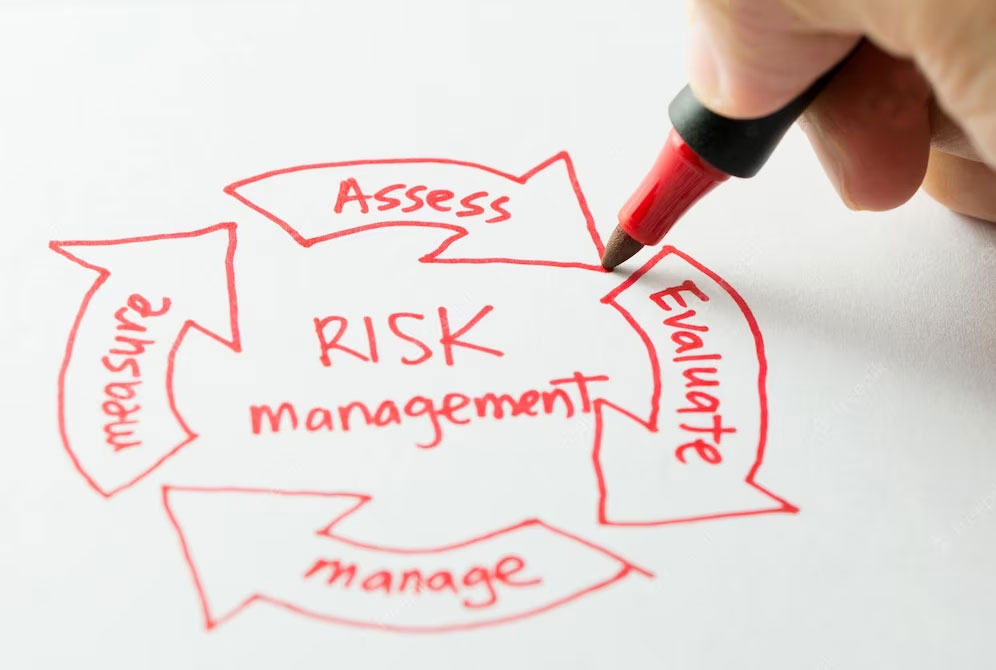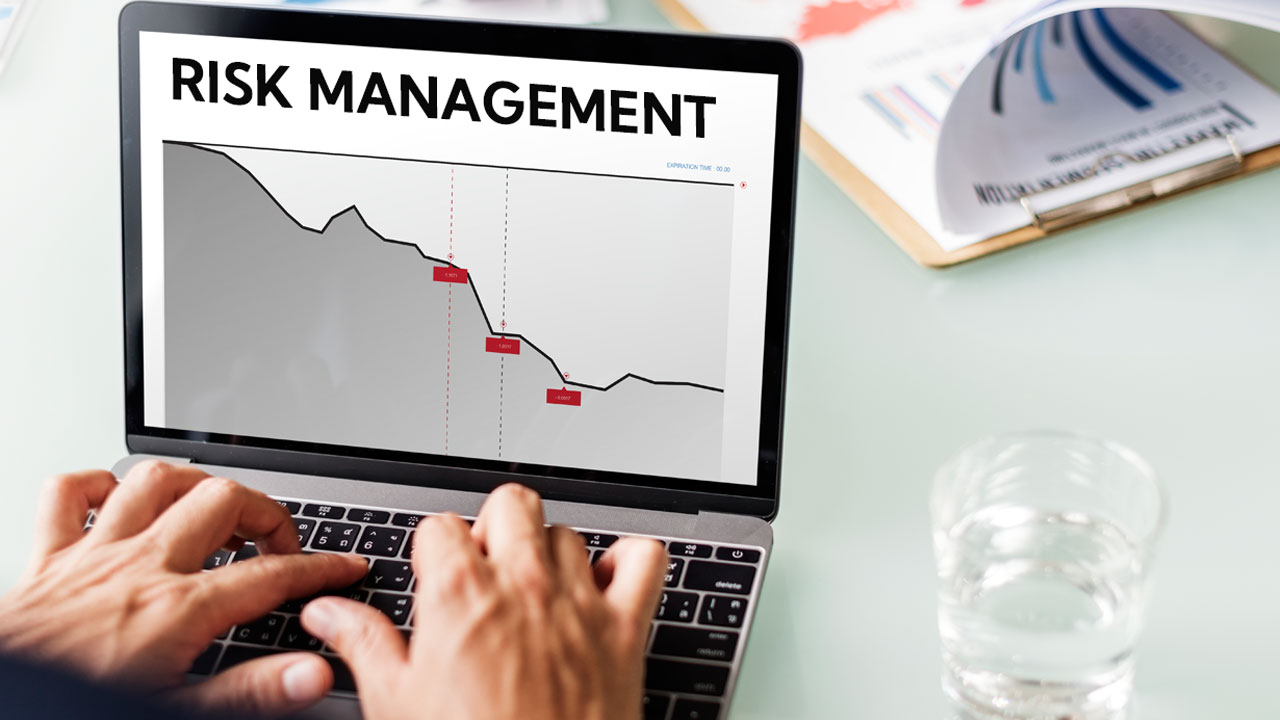Effective risk management is crucial for traders as it can help limit losses and safeguards their trading accounts. By managing risk, traders can increase their potential for profitability in the market. However, many traders overlook this important aspect of trading. Without a proper risk management strategy, even traders who have generated substantial profits can lose everything in just a few bad trades.
To develop effective risk management techniques, there are several key factors to consider. Firstly, it's important to choose the right broker for frequent trading. Some brokers are not suitable for active traders, as they charge high commissions and lack the necessary analytical tools.

Setting stop-loss and take-profit points is crucial for planning trades in advance. Successful traders determine the price at which they are willing to buy and sell, and they assess the potential returns against the probability of achieving their goals. By having predefined exit points, they can make rational decisions based on their trading strategy. In contrast, unsuccessful traders often enter trades without a clear profit or loss target, allowing emotions to dictate their actions. They may hold onto losing trades hoping to recover their losses or impulsively hold onto winning trades for excessive gains.

The One-Percent Rule
Implementing the one percent rule is a common strategy among day traders. This rule suggests not risking more than 1% of the trading account capital on a single trade. For example, if the trading account has £10,000, the position size should not exceed £100. This rule can be adjusted to a higher percentage for traders with smaller accounts or lower percentages for traders with larger balances. Adhering to this rule helps keep losses in check and prevents risking a significant portion of the trading account.
Stop-loss
Stop-loss and take-profit points can be determined through technical analysis, considering moving averages and support or resistance trend lines. Moving averages, such as the 5-, 9-, 20-, 50-, 100-, and 200-day averages, are widely used as support or resistance levels. Connecting previous highs or lows on significant volume can help identify trend lines that act as support or resistance. These technical indicators assist in setting effective stop-loss and take-profit points.
Diversification
Diversification is another important risk management technique. Traders should not concentrate all their capital in a single stock or instrument but instead spread their investments across different industries, market capitalizations, geographic regions or asset classes. Diversification helps manage risk and provides exposure to multiple opportunities.
Hedging
Hedging can also be used when necessary. Traders may hedge their positions, especially when anticipating significant events or news releases. Options trading, such as buying downside ‘put’ options, can act as a hedge to limit losses in case a long trade turns unfavorable. That’s because the value of the put option typically increases as the price of the underlying asset declines. So, the profits on the option trade can offset the losses on the underlying asset.
In conclusion, traders must plan their trades in advance, including entry and exit points. Implementing effective stop-loss strategies minimizes unnecessary exits and reduces losses. Risk management is a vital prerequisite for successful active trading and is at the heart of any successful strategy.






